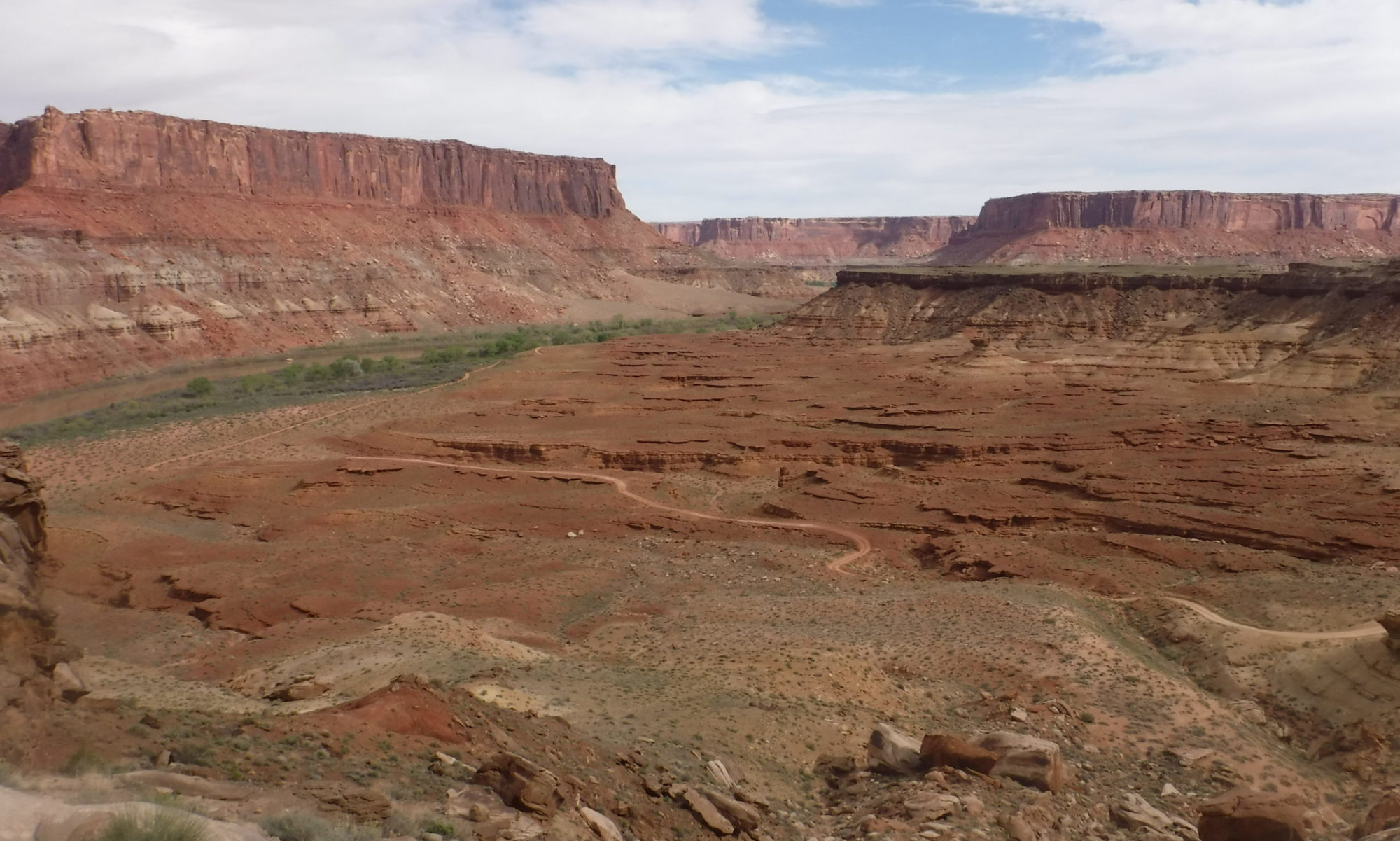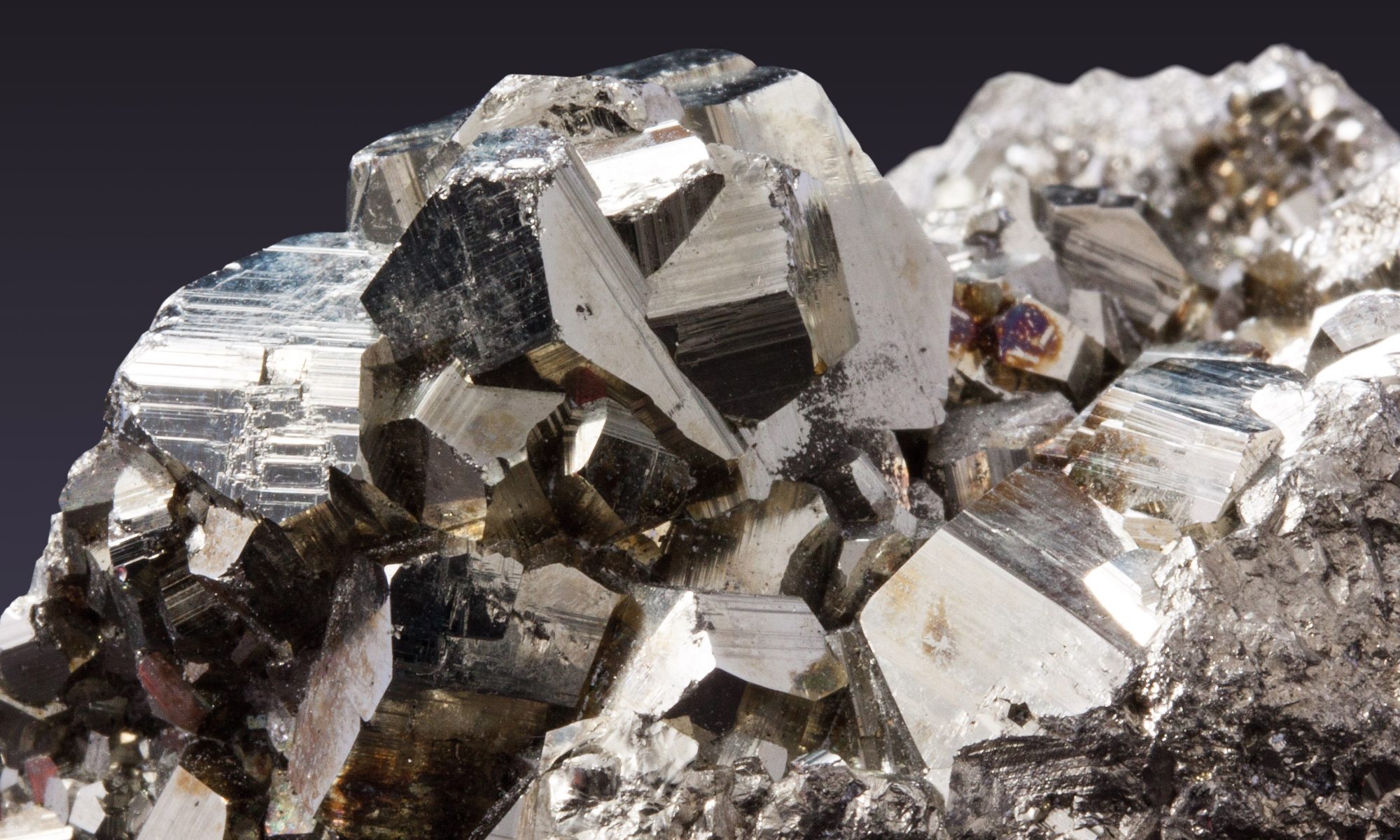Minerals, those naturally occurring, inorganic materials with well-defined chemical compositions and crystal structures have long influenced human culture and fascinated (geo)scientists. Some of the earliest descriptions of minerals and their uses date back to Ancient Egypt, recorded on papyri, as well as on stelae (blocks of stone or wood), and ostraca (clay tablets or pottery shards). Minerals and their uses have been intertwined with human history for thousands of years from the gemstone bracelets of the Egyptians and their belief that color was a strong reflection of personality (color symbolism, e.g., the use of gold for crowns on pharaohs and its association with the sun), to the Greeks and their wide use of gemstones in necklaces, and bracelets.
The field of mineralogy itself is among one of the oldest natural sciences and continues to play a prominent role in the undergraduate curricula of many geoscience and/or materials science programs. Today however, minerals are being thrown into an entirely new spotlight through the annual Mineral Cup on Twitter. What originated back in 2017 from a friendly Twitter exchange spurred by Dr. Eddie Dempsey whose retweet of an image of a strained quartz crystal posted “this is why quartz is undeniably the greatest of all minerals”, has now grown into an annual Twitter event. Daily battles throughout the early Fall between minerals take place in a playoff bracket-style competition where anyone can vote and voice their support of their chosen mineral that day. Each year thirty-two minerals begin in earnest, with one to be eventually crowned the #MinCup champion. The past few years have seen olivine (2017), garnet (2018), and ice (2019) reign supreme and this year’s competition is shaping up to be just as ferocious as ever.
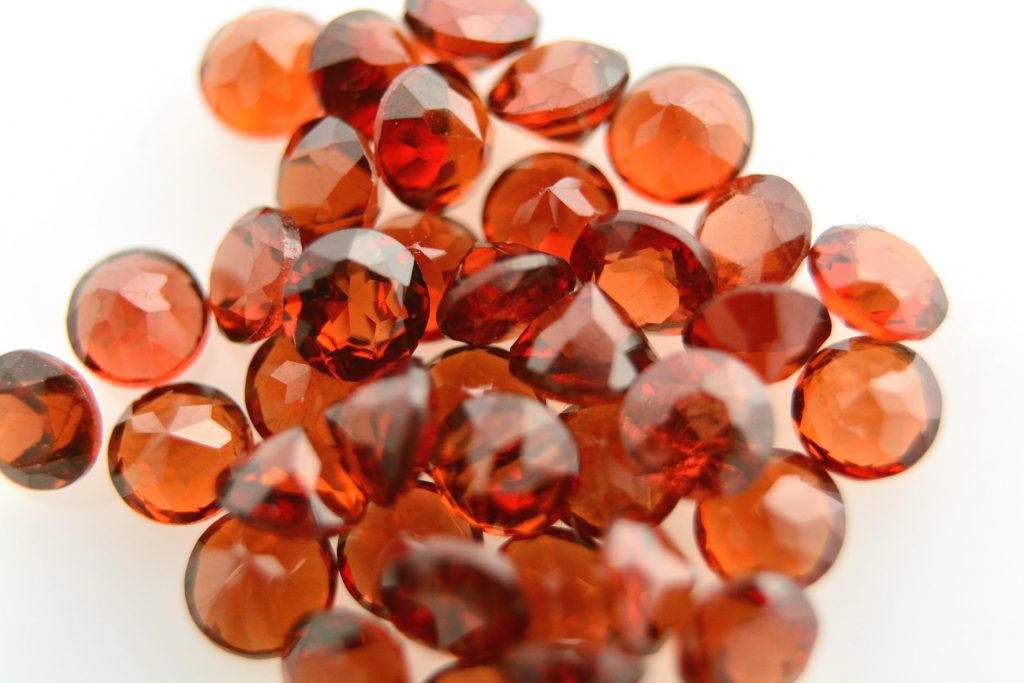
With over 70,000 votes cast in total during the 2019 competition, interest in minerals is truly alive and well. Yet this friendly competition and jovial exchange of mineral-based banter serves another purpose. It serves as an incredible outlet for education and science communication where not only are more commonly-known minerals (e.g., quartz, calcite, gold) discussed but some rarer, less often-discussed minerals have an opportunity to shine: lonsdaleite and realgar, for example, are both contesting the 2020 title.
While lonsdaleite did fall to malachite—a visually appealing mineral with a beautiful green color derived from its copper content—in the first round this year it was not without strong advocacy and support from the Twitterverse. Lonsdaleite was named after Dame Kathleen Lonsdale, an Irish crystallographer born in County Kildare, Ireland, in 1903. She achieved many firsts throughout her career including being one of first women elected as a Fellow of the Royal Society (along with microbiologist Marjory Stephenson), the first female professor at University College London, and the first woman president of both the International Union of Crystallography and the British Association for the Advancement of Science. As minerals go, lonsdaleite is chemically rather straightforward. It is made up of carbon, just like graphite and diamond, and is otherwise known as hexagonal diamond. It is an example of an allotrope, or a different structure deriving from the same chemical element. Lonsdaleite, graphite, and diamond are all allotropes of carbon. First discovered in 1967 in the Canyon Diablo meteorite, lonsdaleite has more recently been shown to be an important indicator of asteroid and meteorite impacts throughout the geological record. From an industrial perspective, the nano-crystalline form of lonsdaleite makes it harder than regular diamond and thus has potential implications for the mining, construction, and material science fields.
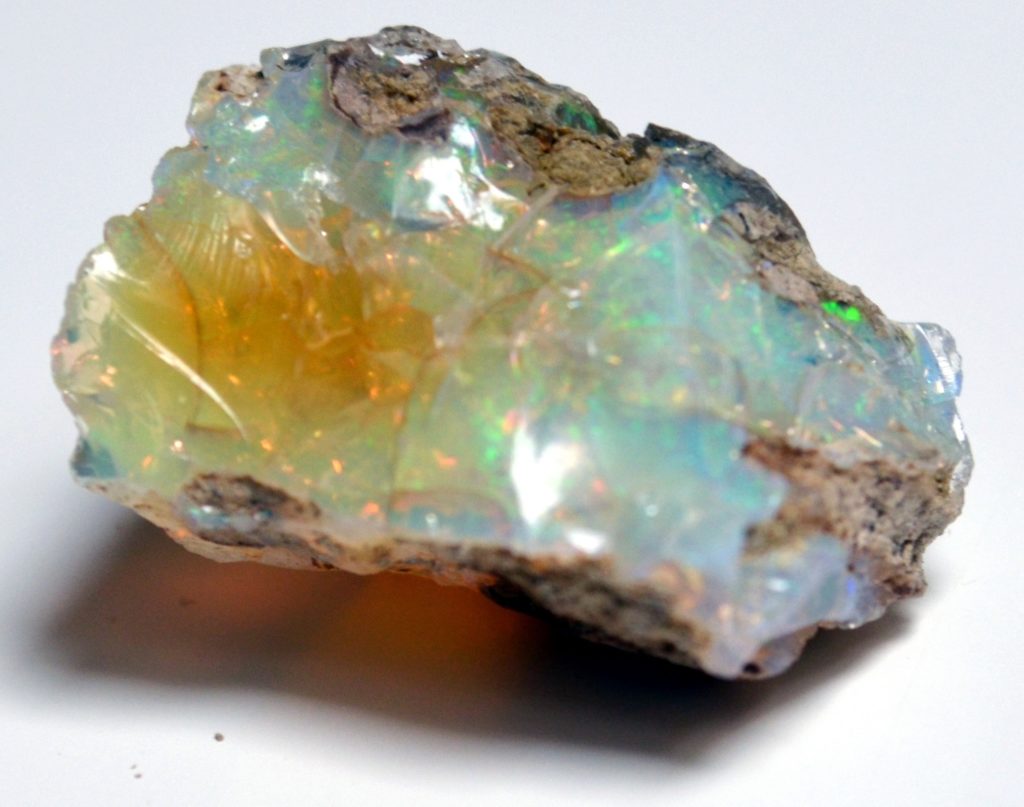
Realgar, also a first MinCup time contender, took on repeat contender Kyanite in the first round this year. Realgar is an arsenic sulfide mineral also known as “ruby sulfur” or “ruby of arsenic” with the word realgar derived from the Arabic rahj al ghar (رهج الغار), which translates to ”powder of the mine”. The Ancient Greeks referred to it as “sandaracha” and recognizing its toxic nature, used it to develop “bull’s blood” which is thought to have been taken by Themistocles and Midas. Realgar also has a long history of use as a red paint pigment, and alongside the mineral orpiment (used as a yellow-pigment, also arsenic-bearing), was a significant trade item for the Roman Empire. Throughout the Renaissance era (15th and 16th centuries), realgar was used widely in paintings. Unfortunately, recent work has shown realgar (and other arsenic-bearing minerals) to be unstable. This has led to the breakdown of realgar in paintings and other painted materials resulting in a degradation in appearance and stability, thus yielding a significant conservation challenge. In geological contexts today, realgar can be found throughout the famous geyser basins of Yellowstone National Park with Realgar Spring itself located in the Norris Geyser Basin.
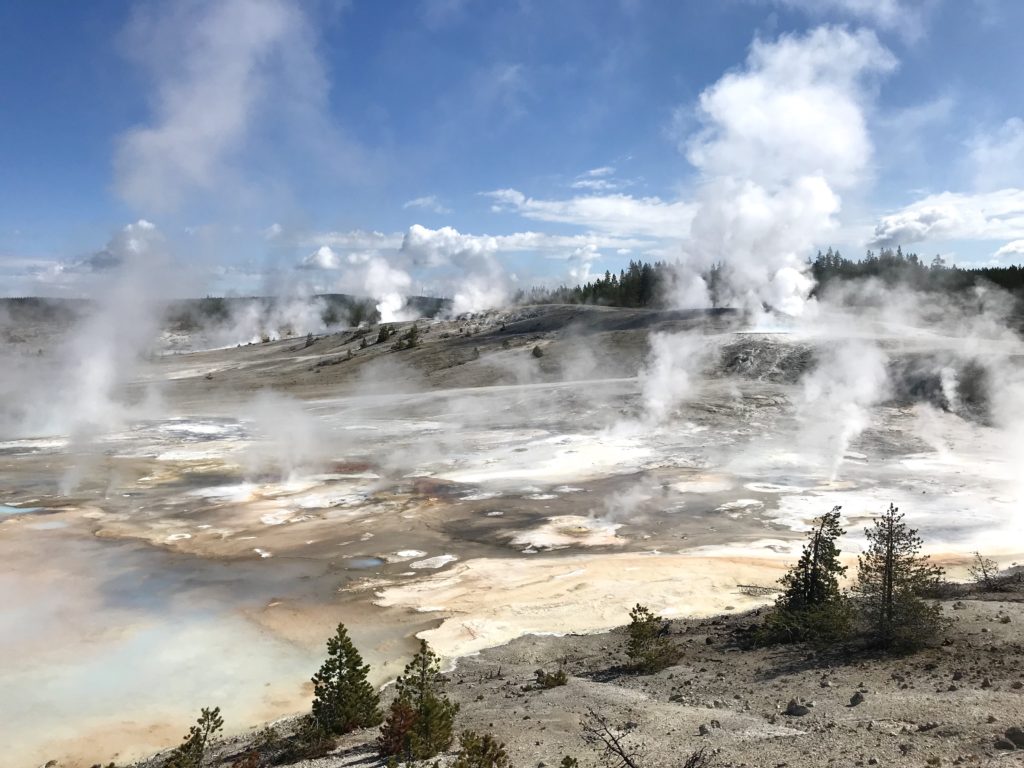
MinCup communicates the importance of minerals by engaging people in conversations about their origins and cultural significance, an approach that seems to work just as well in the classroom as it does on Twitter. Dr. Sarah Lambart, Assistant Professor in the Department of Geology and Geophysics at the University of Utah, has been integrating an annual MinCup (MinCupU) into her mineralogy class:
“The ideas with applying this concept into a classroom were 1) to create a fun atmosphere – doing such collaborative activity is particularly important this year as most classes are online, this can help to develop a cohort – and 2) to encourage students to dig up into the scientific literature. I’m currently running the third edition of the “MinCupU” and I am again impressed by how the students always find new and original justifications for their votes. Feedbacks on this activity have always been positive; students like being able to educate their classmates, and their professor, with a fact they discovered on a particular mineral“.
Details on Dr. Sarah Lambart’s approach to integrating the MinCup into the (geo)science curriculum can be found here (shared with permission) –
https://docs.google.com/document/d/1DdKR6i6hQIE5RobLscdAdw4yDfCf3wiSE–Gb0Ty8yw/edit?usp=sharing
What started off as an offhand comment about a strained quartz crystal has spurned thousands of tweets, thousands of votes, a brand-new avenue for science communication and a rich exchange of ideas, as well of course, three MinCup champions. The only question that remains is which mineral will be crowned the 2020 Mineral Cup champion and reign supreme for the year? Will gold prevail over gypsum? How far will fluorite go this year? Click on over to Twitter to see what battle is occurring today. Which will you pick and what will you learn along the way? #GoVote #MinCup



Got an apatite for minerals? Of quartz you do! by Claire McLeod is licensed under CC BY-SA 4.0
